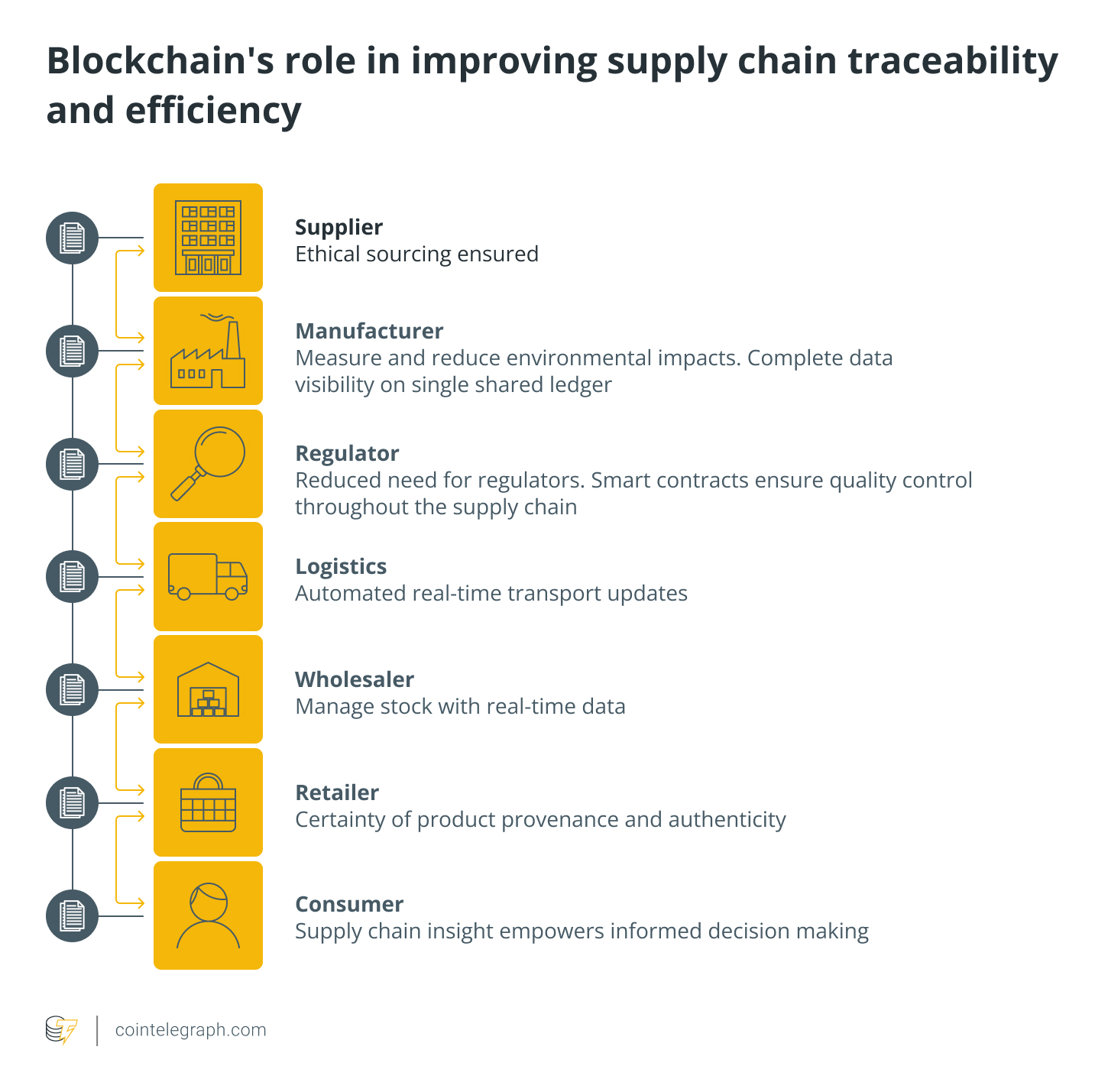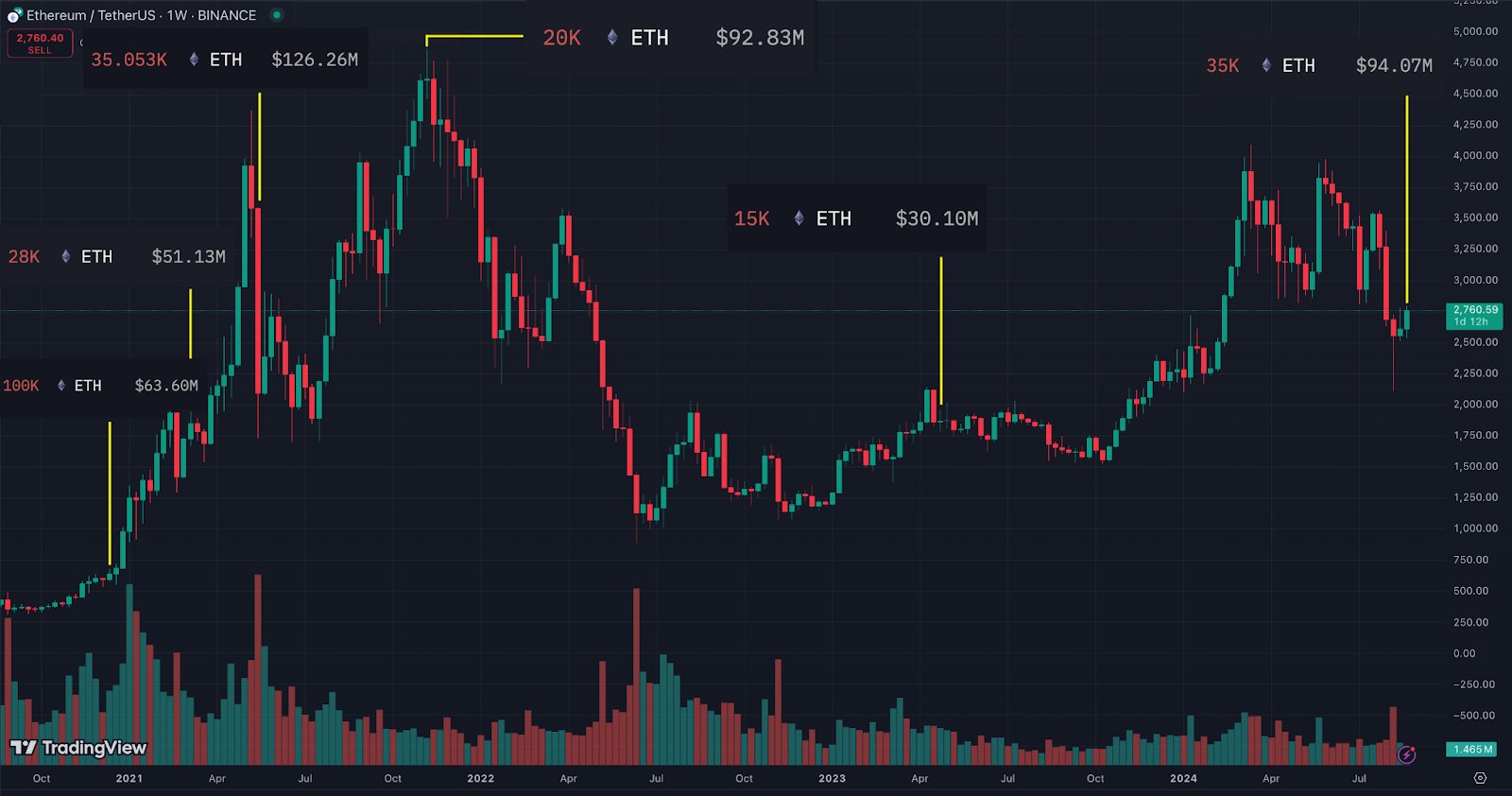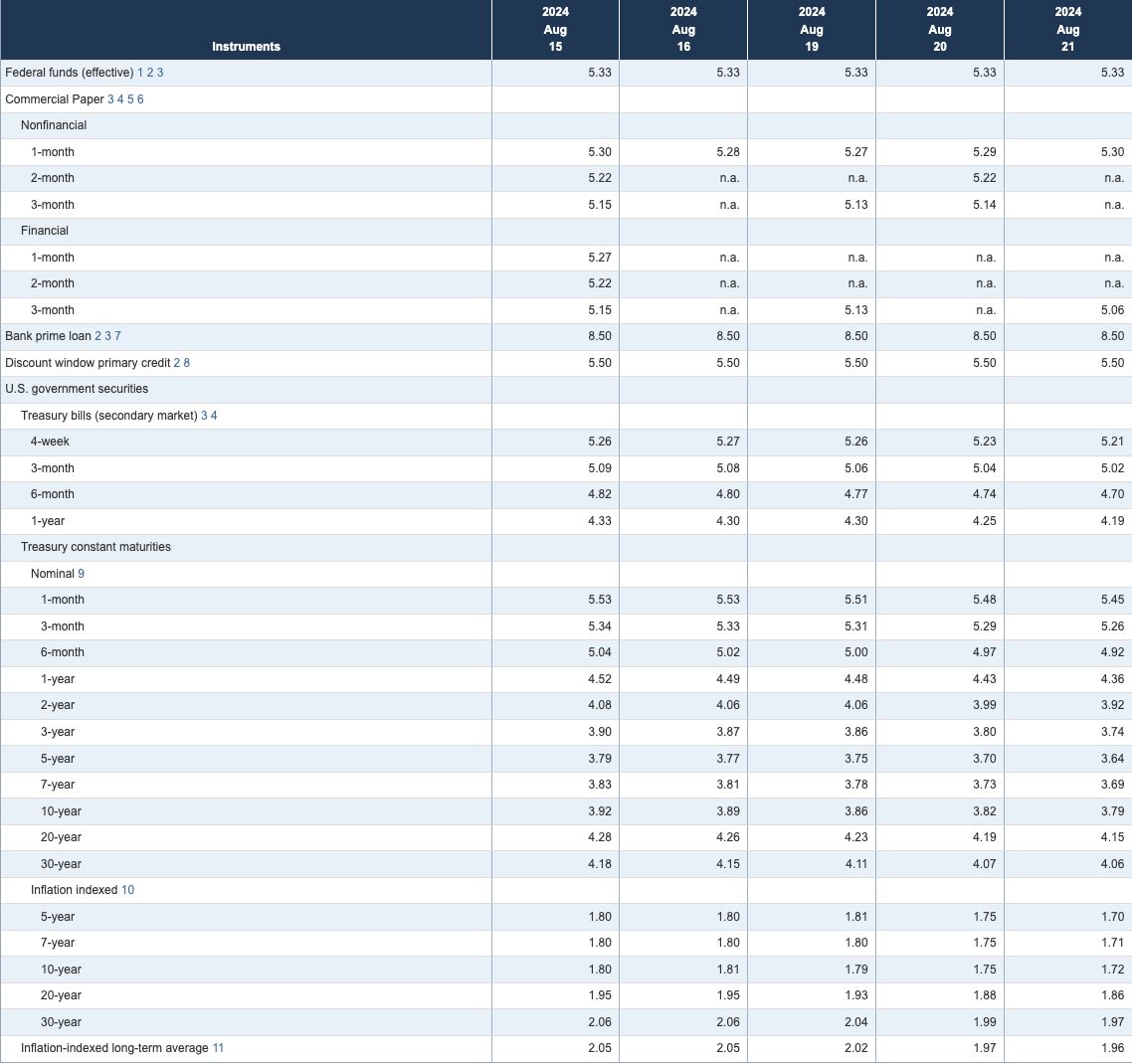Why do traditional supply chain processes need blockchain?
Traditional procurement and supply chain processes can be manual, scattered, inefficient and complex. The use of blockchain in procurement can address these issues by making them faster, more organized and cheaper.
Procurement involves sourcing, purchasing and receiving goods and services. It’s a key part of supply chain management, but it often suffers from serious inefficiencies.
Procurement depends on contracts, agreements and documents like purchase orders, invoices and delivery notes. Many of these documents might be paper-based, and processes can be manual or involve multiple software systems.
The above challenges can cause:
- Errors and delays
- Lack of transparency
- Delayed orders and payments
- Inaccurate or hard-to-manage inventory
- Poor communication between parties
- Difficulty ensuring regulatory compliance
Procurement problems can hurt a business by causing supplier distrust, production delays and even fraud.
For example, imagine a shipment arrives at a company but is delivered to the wrong department, and the delivery note is lost. The company refuses to pay the supplier, who then withholds future shipments. This could mean the company misses out on meeting a client’s order.
How is blockchain used in procurement?
Blockchain has the potential to add efficiency, transparency and trust to procurement processes.
Understanding a few elements of blockchain technology is essential to learning how it is used in procurement.
Understanding blockchain and its role in procurement
A blockchain is a digital distributed ledger of information similar to an accounting record. This is why a blockchain can be referred to as a “ledger.” It’s really a digital database shared across a network of computers.
Blockchain networks use cryptography to make transaction records unchangeable. This means these records are not easily altered.
Knowing the difference between public and private blockchains and what smart contracts are helps to understand how blockchain procurement solutions work.
- Public blockchains: These are called “permissionless,” like the Bitcoin blockchain. This means anyone can transact with Bitcoin (BTC) without “permission.”
- Private blockchains: In contrast, private blockchains are usually developed by companies and are “permissioned,” meaning that users must be given access to view the records or make changes.
A blockchain in procurement will usually be a private, permissioned ledger. Procurement records will be secure and very difficult to change. Records will also be transparent or open to those with access, like employees and suppliers.
How smart contracts enhance procurement processes
A smart contract is a computer program written with code. A smart contract can automate procurement contracts. This means that smart contracts can automatically carry out actions that they are programmed to do.
Smart contracts work on an “if/when…then…” basis.
In procurement and blockchain supply chain management, a smart contract can record the arrival and location of a delivery. It can then trigger invoice payment to the supplier, for example, “when” the delivery arrives safely, “then” the next step is to pay the invoice.
At any point, the customer and the supplier can check the blockchain to confirm what’s happening with a shipment in real time.
The delivery note might be sent digitally to the network. For complete transparency, the shipment could have a global positioning system (GPS) tracking device. This blockchain use case is called supply chain traceability, and it’s an important application for blockchain in procurement.
Smart contracts can perform digital tasks automatically. They can also manage procurement agreements and make sure parties follow terms and conditions.
How do companies approach using blockchain in procurement?
Adding blockchain to procurement starts with finding out where it could be most beneficial. Then, a company will try to find a suitable technology supplier or start to build its own system.
A company could develop a private blockchain if it had the right experts. Or, it might use a ready-made product from a company. Here are the key steps involved in the process:
Step 1: Process identification and platform selection
A company will start its journey in blockchain procurement efficiency by finding out where the technology could be used. It could be for blockchain purchase orders or blockchain contract management. Inventory management, compliance and auditing are other areas in which a company could consider using blockchain.
The next step is to find a platform, technology or supplier. Permissioned platforms include Hyperledger Fabric, R3 or Corda. Public blockchains include Ethereum. A company will consider its technical expertise, cost, security, regulations, and who will require access to the network.
Step 2: Development and testing
Once a suitable technology is found, development work will be needed. Even a ready-made solution will need to be tested. It’s important to make sure that the smart contracts work as expected.
Step 3: Integration and training
Once a smart contract procurement process is created, it must be shared with teams and suppliers. Using blockchain in procurement allows companies and suppliers to work with the same software. So, suppliers also need to be trained on new systems and processes.

What are the benefits of smart contracts in procurement?
Smart contracts can improve procurement and create cost savings. They reduce the need for third-party checks and make handling disputes easier.
- Trust and transparency: Blockchain transactions are immutable. This means they cannot be easily changed. A blockchain creates a reliable, transparent set of records that all parties can view.
- Efficiency and cost savings: Automation and digital tasks get rid of manual delays and inefficient paperwork. They reduce costs and free up time for procurement teams to work on other matters.
- Fewer intermediaries: Smart contracts and automation can replace manual checks and validation. For example, a procurement manager doesn’t need to check a delivery note and release an invoice for payment; a smart contract can perform this task.
- Dispute resolution: If there is a disagreement, a supplier or a company can quickly check blockchain records for the status of a shipment or payment.
- Decentralized marketplaces for blockchain procurement: Blockchain-powered decentralized marketplaces may become important in procurement. They offer a transparent and secure place for buyers and sellers to connect. These marketplaces can help companies save money and promote fair competition. Buyers can compare prices and supplier ratings on a marketplace. Suppliers get access to a bigger market to sell their products and services.
For example, in the past, procurement has involved researching possible suppliers and inviting them to bid for a contract. A buyer using a new decentralized marketplace can simply search for new suppliers and learn more about them. A buyer might also post an opportunity and wait for sellers to respond quickly.
What are the challenges of using blockchain and smart contracts in procurement?
Blockchain and smart contracts are still new. There are no industry standards for companies to follow. The technology is complex, and regulations are still evolving.
Here are some of the key challenges to consider while using blockchain and smart contracts in procurement:
- Standardization and interoperability: There are many blockchain networks. Often, these networks use very different technologies or programming. There aren’t really standard protocols and frameworks yet. This makes it difficult for a company to choose the right blockchain or software. For example, a company might choose Corda or Ethereum. However, later, if Hyperledger’s technology becomes the industry standard, the company might find it hard to work with suppliers using other platforms.
- Compliance and regulation: Smart contracts can enforce terms and conditions. They could replace traditional paper or document-based agreements. However, it’s not clear how legally compliant they will be. Also, regulations are different in every country. This makes cross-border transactions complicated.
- Cost and technical complexity: Smart contracts and blockchain technology are quite new. Development work can be expensive, and experts can be hard to find.
Bugs and vulnerabilities in smart contracts are risks for a company. For example, a problem or security breach could lead to financial loss or damage to a company’s reputation.



